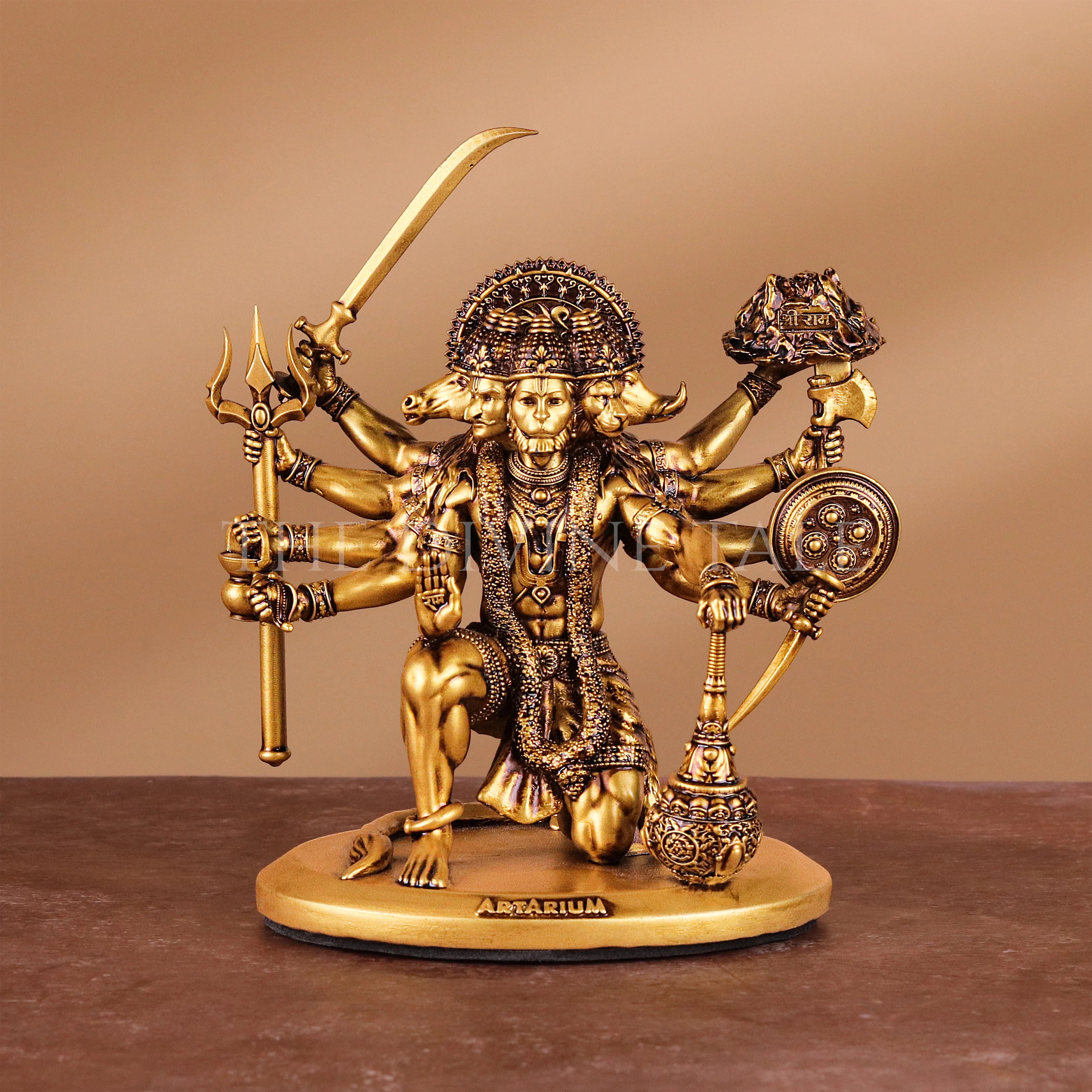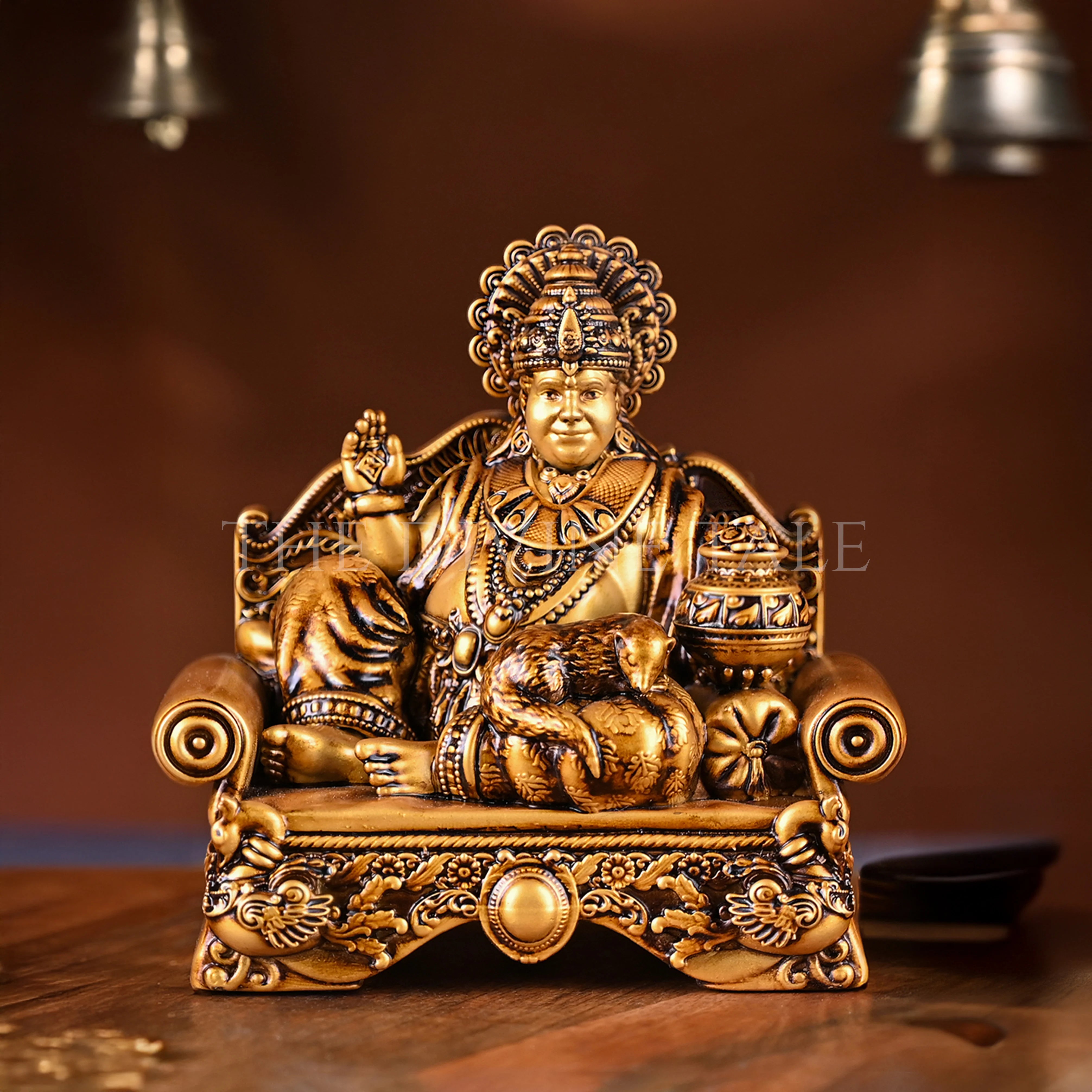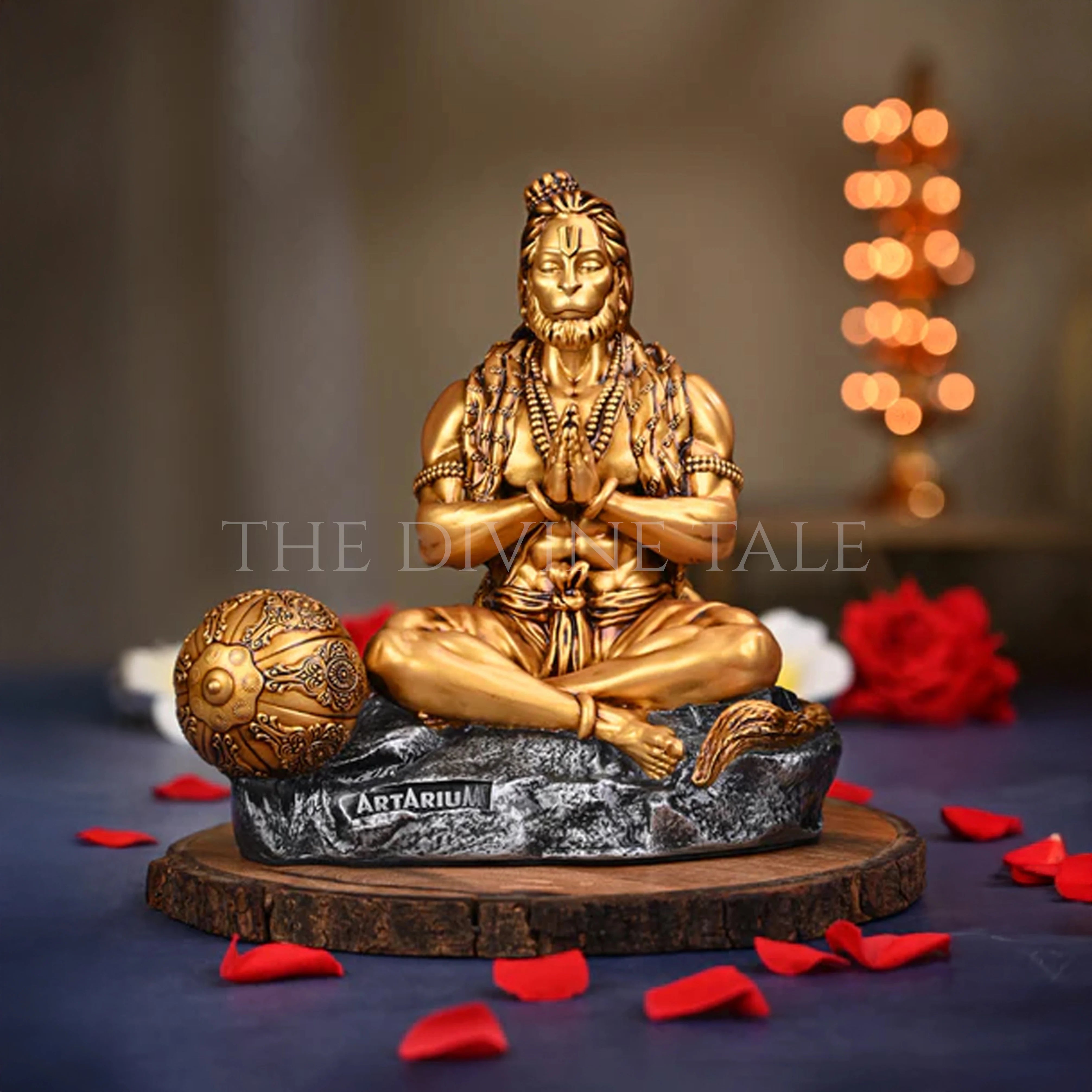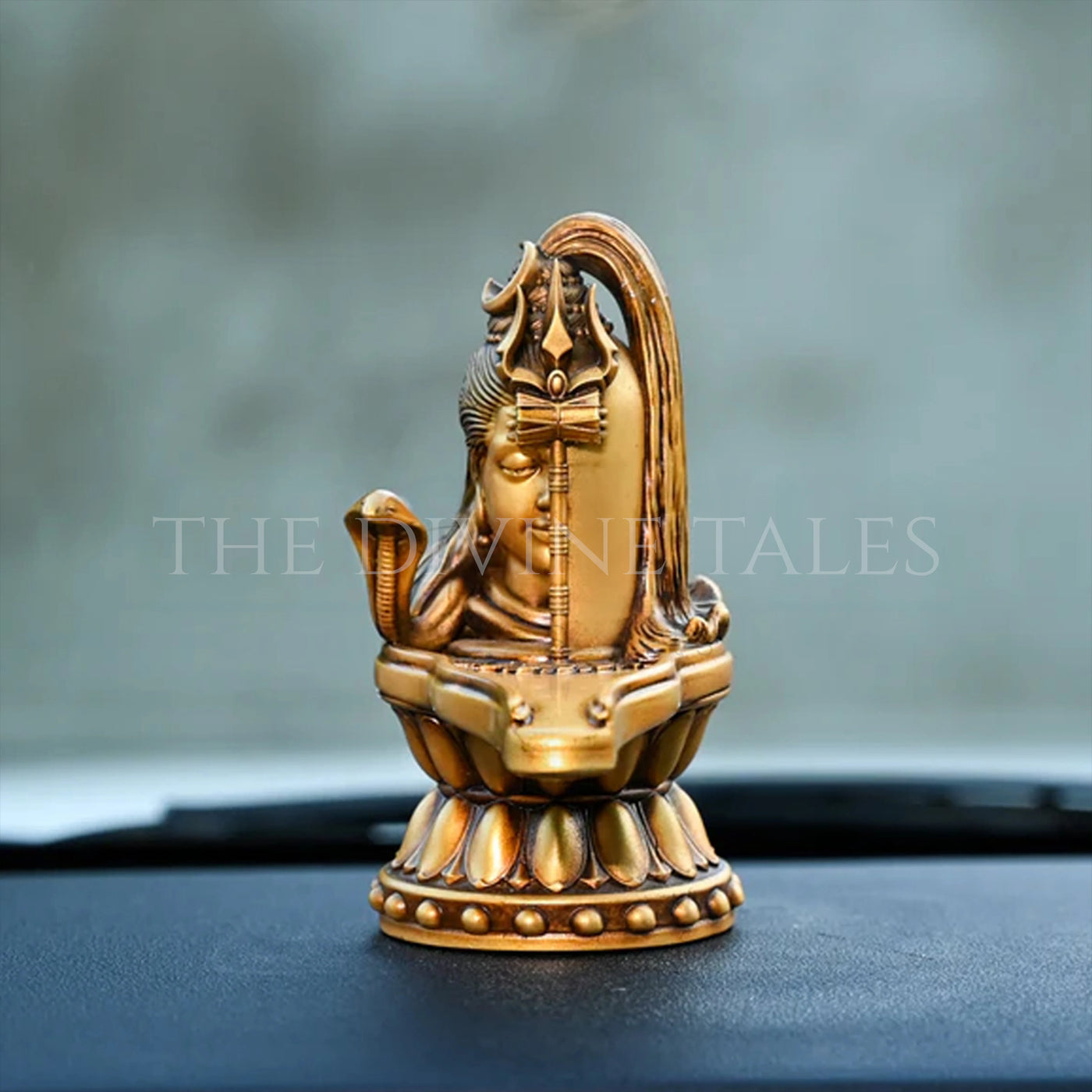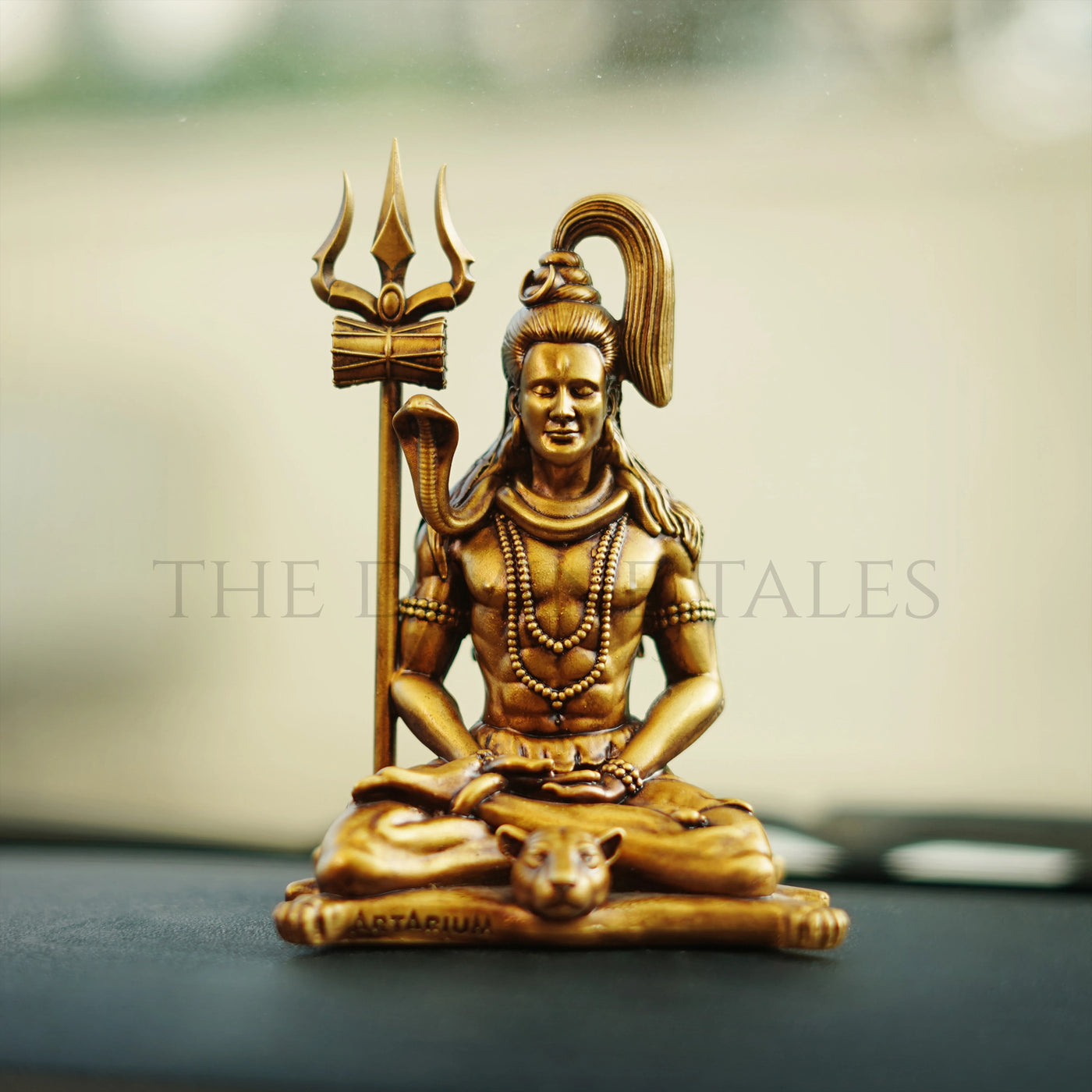The Shivling, an iconic symbol of Lord Shiva, holds profound importance in Indian culture and spirituality. This sacred representation of Shiva is revered across various sects of Hinduism and is a central element in rituals and worship practices. Let's explore the multifaceted significance of the Shivling in Indian tradition.
1. Symbol of Creation and Eternity
The Shivling is often interpreted as a symbol of both creation and eternity. In Hindu cosmology, it represents the formless, omnipotent nature of Shiva and the creation of the universe. The cylindrical shape of the Shivling symbolizes the cosmic pillar, which is believed to be the axis of the universe, connecting the earth to the heavens. This form signifies that Shiva is the source of all creation and the foundation of existence.
2. Representation of Shiva’s Energy

The Shivling is a manifestation of Shiva’s divine energy and power. It embodies the union of Shiva and Shakti, the male and female principles of the universe. The base of the Shivling, known as the Yoni, represents Shakti, while the vertical shaft symbolizes Shiva. Together, they depict the harmonious balance and interdependence of these energies, essential for the functioning of the cosmos.
3. Central Element in Worship
Worship of the Shivling, also known as Lingam, is a core practice in Shaivism, a major tradition within Hinduism dedicated to Lord Shiva. Devotees perform Abhishekam, a ritual of bathing the Shivling with various offerings such as milk, water, honey, and flowers. This act of devotion is believed to purify the mind and soul, and attract divine blessings. The chanting of mantras and hymns during these rituals enhances the spiritual atmosphere, creating a deep connection with the divine.
Read Also: Top Benefits of Pyrite Stone
4. Symbol of Purity and Enlightenment
The Shivling is regarded as a symbol of purity and enlightenment. It is believed that meditating upon the Shivling can help devotees attain spiritual insight and liberation (moksha). The simple, aniconic form of the Shivling encourages practitioners to transcend beyond the physical world and focus on the formless, infinite nature of the divine. This aspect of the Shivling promotes inner reflection and spiritual growth.
5. Cultural and Historical Significance
Throughout history, the Shivling has been a prominent feature in temples and sacred sites across India. Ancient texts, such as the Puranas and the Vedas, describe the significance and worship of the Shivling, underscoring its timeless importance in Hindu culture. Numerous temples, both large and small, house Shivlings of various sizes and materials, reflecting the widespread veneration of Lord Shiva across different regions and communities.
6. Personal and Household Worship
The Shivling is also commonly found in personal shrines and households, where individuals perform daily worship and prayers. Having a Shivling at home is believed to bring peace, prosperity, and protection to the household. It serves as a constant reminder of the presence of Shiva and the spiritual values that guide daily life.
Conclusion
The Shivling is a powerful and revered symbol in Indian tradition, embodying deep spiritual and cultural significance. As a representation of creation, divine energy, and purity, the Shivling plays a central role in worship and rituals dedicated to Lord Shiva. Its enduring presence in temples and homes across India highlights its importance as a beacon of devotion, spirituality, and cultural heritage. Through the worship of the Shivling, devotees connect with the eternal essence of Shiva, seeking blessings, enlightenment, and a deeper understanding of the cosmos.
Read Also: Benefits of Blowing Shankh | 108 Names of Lord Krishna | 108 Names of Goddess Durga

